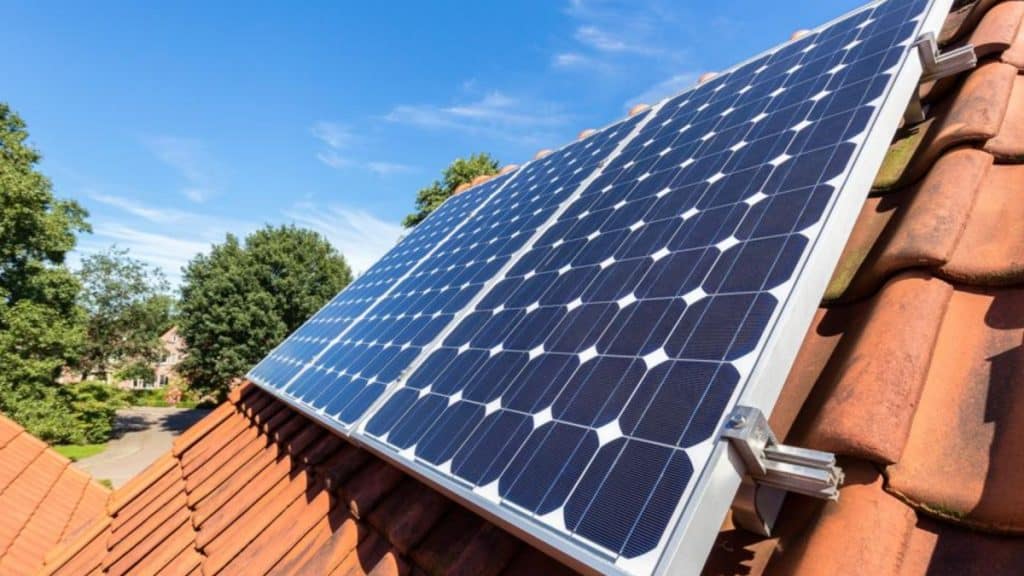In an era of increasing environmental consciousness and rising energy costs, homeowners are turning to solar power as a sustainable and cost-effective energy solution. Among the various solar system configurations available, hybrid solar systems are gaining traction due to their ability to combine the advantages of both grid-tied and off-grid systems. This article delves into the key considerations that homeowners need to keep in mind when designing a hybrid solar system.
Understanding Hybrid Solar Systems
Before diving into the considerations, it is essential to understand what a hybrid solar system entails. A hybrid system integrates solar panels with a battery storage system alongside the traditional grid connection. This configuration allows homeowners to generate solar power during the day, store excess energy in batteries, and use it during the night or during power outages, all while staying connected to the city power grid and taking advantage of the stability this safety net provides for your home’s power. Keep reading to learn the key considerations when planning a hybrid solar system.
Battery Capacity and Type
The heart of a hybrid solar system lies in its battery storage capacity and type. Determining the appropriate battery capacity depends on your specific energy needs, considering factors such as household size, daily energy consumption, and geographical location. Lithium-ion batteries are commonly used in hybrid systems due to their high energy density, long cycle life, and efficiency. However, other battery types, like lead-acid, may be more cost-effective for some applications.
Load Profile Analysis
Analyzing your household’s energy consumption patterns is crucial for designing an efficient hybrid system. Identifying peak energy usage times allows for the right sizing of the battery and solar panel system. This ensures that you can generate, store, and use energy optimally, saving both money and resources.
Solar Panel Sizing
The size of your solar panel array should align with your energy production goals. However, in hybrid systems, it’s essential to strike a balance between maximizing solar generation and not overloading the batteries. Oversized solar arrays can lead to excessive energy generation during sunny days, potentially damaging the batteries due to overcharging.
Inverter Selection
Hybrid systems require specialized inverters capable of managing both the solar panels and the battery storage. Choose an inverter that can seamlessly switch between grid power, solar generation, and battery use. Also, consider inverters with advanced features like grid support functions, which help maintain grid stability during power outages.
Energy Management System
An energy management system (EMS) is the brains behind a hybrid solar setup. It monitors energy production, consumption, and battery status, ensuring efficient energy use. Opt for an EMS with remote monitoring capabilities, enabling you to monitor and control your system from a mobile app or computer.
Grid Connection Considerations
Hybrid systems are designed to maintain a connection to the grid. Ensure compliance with local regulations and utility policies, such as net metering or feed-in tariffs, to make the most of your grid connection. Proper grid integration is essential for ensuring uninterrupted power supply during cloudy days or periods of high energy demand.
Backup Power Requirements
One of the significant advantages of hybrid systems is their ability to provide backup power during grid outages. Determine the essential loads you want to power during outages and size your battery and inverter accordingly. This ensures you have a reliable backup power source when you need it most.
Financial Considerations
While hybrid solar systems offer long-term savings on energy bills and reduce your carbon footprint, they come with an initial cost. Evaluate the return on investment (ROI) of your hybrid system by considering factors like the cost of solar panels, batteries, installation, and potential government incentives or rebates. A well-designed system should provide substantial savings over its lifetime.
Maintenance and Warranty
Like any complex system, hybrid solar systems require regular maintenance to ensure optimal performance and longevity. Check the warranties provided by the manufacturers and installers for both the solar panels and the batteries. Proper maintenance can extend the lifespan of your system and maximize its ROI.
Environmental Impact
Lastly, consider the environmental impact of your hybrid solar system. Solar power is a clean and renewable energy source, but the production and disposal of batteries can have environmental implications. Investigate recycling and disposal options for your batteries to minimize their environmental footprint. Designing a hybrid solar system involves a comprehensive assessment of your energy needs, budget, and environmental considerations. To embark on this journey towards sustainable and efficient energy production, it is advisable to consult with a reputable solar installer or equipment supplier. They can help you navigate the complexities of designing and installing a hybrid solar system tailored to your unique requirements. By doing so, you can make a significant step towards reducing your carbon footprint while enjoying the benefits of reliable and cost-effective energy production. Don’t hesitate to reach out to experts in the field to guide you through this exciting transition to hybrid solar power
